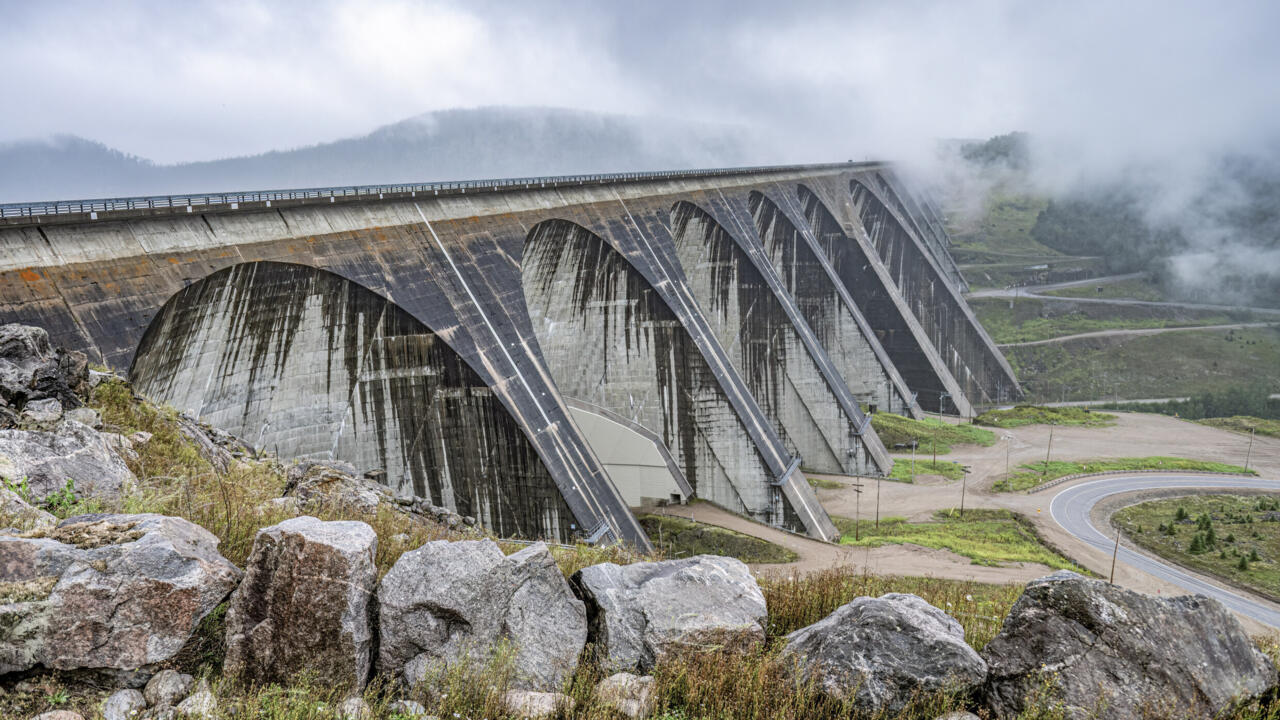A world leader in hydroelectricity, Canada has also been forced to cut exports to the United States, which have reached their lowest levels in 14 years, according to the national statistics agency. For three straight months earlier this year, Canada had to import energy from the US – a first in eight years, and a role reversal that highlights dramatic shortfalls in hydropower production in Canada and abroad.
The International Energy Agency said 2023 marked “a record decline” in global hydropower generation, with other major producers like China, Turkey and the US also impacted. The IEA tied the declines to “severe and prolonged drought” in major producing regions.
In Canada, which gets 60 percent of its energy from hydropower, drought has hit hard in the key production provinces of British Columbia, Manitoba and Quebec.
The combined impacts of extreme drought and extreme floods are “exponentially increasing” the challenges facing the hydropower sector, said Reza Najafi, a professor of civil and environmental engineering at Ontario’s Western University. […] Up to 50 percent of the country’s dams are more than 50 years old and not designed to cope with extreme weather swings, he explained.
For Philippe Gachon, a professor at the University of Quebec in Montreal, it is crucial that national planning bodies consider the dramatic water cycle changes when contemplating Canada’s hydropower future. “We are going to have volumes of water that we have never seen before,” he told AFP.


